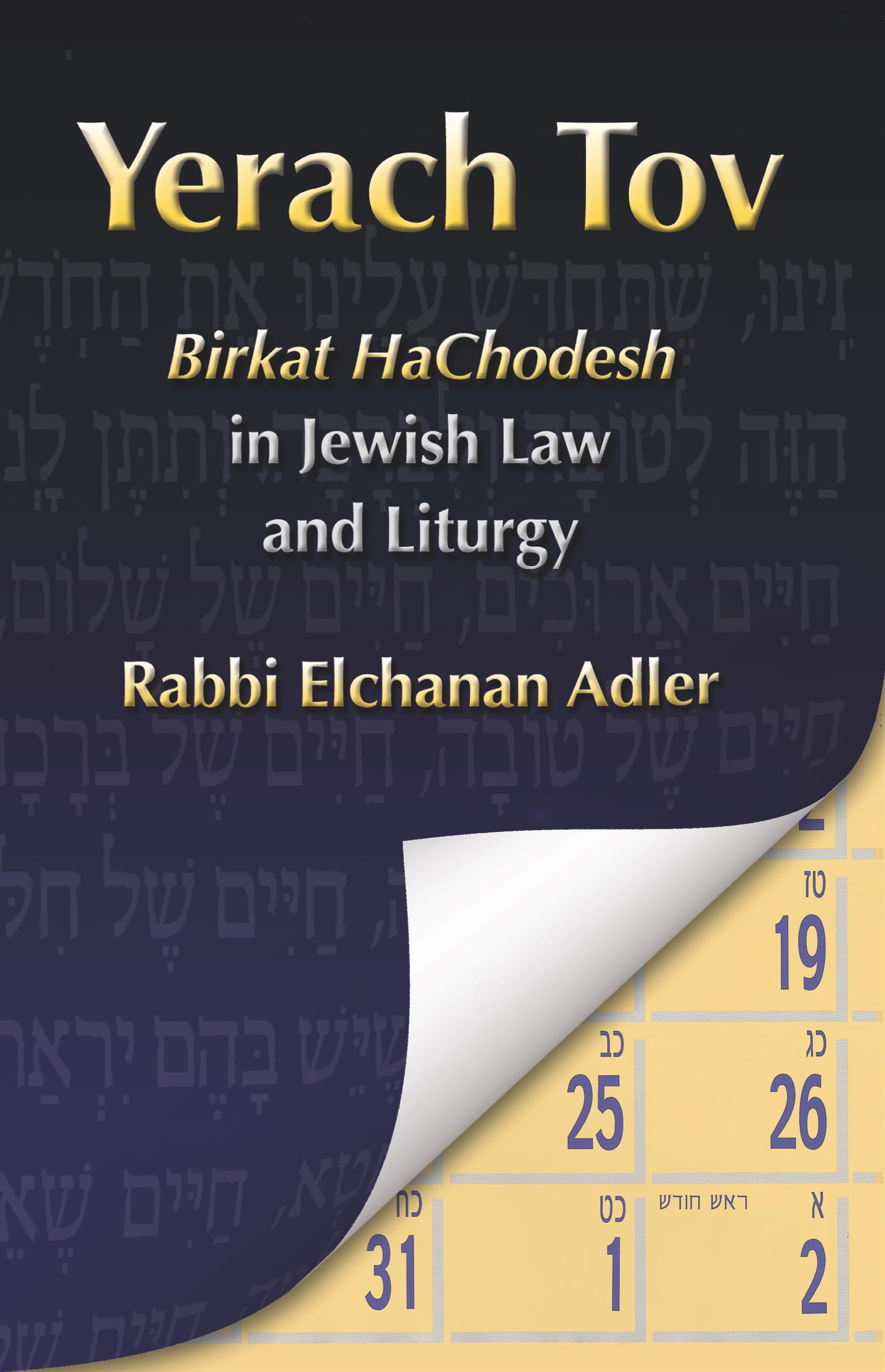
He who performed miracles for our ancestors
Excerpted from Yerach Tov: Birkat HaChodesh in Jewish Law and Liturgy, but Rabbi Elchanan Adler
Why do we mention our exodus from Egypt and pray for redemption specifically in the context of Birkat HaChodesh? What resonance do these memories and prayers have with the institution of Birkat HaChodesh?
Levush explains that the Jews were commanded to sanctify new months immediately prior to the exodus from Egypt. Remembering this, we pray for a similar experience, i.e., that our Birkat HaChodesh be a precursor of redemption.
Levush cites an alternate explanation that we pray for redemption during Birkat HaChodesh to evoke our longing for Kiddush HaChodesh, which can only be restored when the holy Temple is standing. Levush rejects this reasoning based on the historical fact that Kiddush HaChodesh continued for many years after the Temple’s destruction, and presumably can be reinstituted even many years before the Temple’s rebuilding.
Derekh Pikudekha defends the reason rejected by Levush by suggesting that Kiddush HaChodesh is a ceremony historically connected to the concept of a unified, religious Jewish Eretz Yisrael. The calendric method of sanctifying months was innovated by Hillel HaNasi in response to the increasing dispersion of Diaspora Jewry. Had the Jewish community remained together, we might have maintained the original method of Kiddush HaChodesh. Thus, recalling Kiddush HaChodesh during Birkat HaChodesh, we pray for the reunification of all Jews and restoration of the original Kiddush HaChodesh.
In a similar vein, this can be explained in light of the comments of Ramban who states that Hillel HaNasi instituted the calendric system in response to the deterioration of centralized religious Jewish authority, i.e., to the waning and ultimate disappearance of a beit din that had semikhah in a direct line from Moshe Rabbenu. Recalling Kiddush HaChodesh, we pray for restoration of the beit din’s authority and the return of genuine semikhah, occasions usually associated with the ultimate redemption.
R. Yaakov Emden argues that mention of the moon, rather than remembrance of Kiddush HaChodesh, possesses eschatological symbolism. At the end of days, Hashem promises, the moon’s light will be as bright as that of the sun. Moreover, Rashi writes that the Davidic dynasty is compared to a moon. Indeed, the gematriya (numerical equivalent) of “David Melekh Yisrael chai vekayam, David, King of Israel, lives and stands” equals that of “Rosh Chodesh” (819). Hence, we pray for redemption because mention of the new moon evokes yearning for the end of days and the Davidic dynasty.
The idea is explicitly articulated by an early authority, Maharaz Binga:
We mention the redemption since we are destined to rejuvenate like the moon. When? At the time of redemption, as it says, “Your youth will rejuvenate like the eagle.”
R. Shlomo b. R. Shimshon of Germaiza adds that in the end of days, every Rosh Chodesh will become a holiday. Hence, we find it especially relevant to pray for redemption when recalling Rosh Chodesh. Finally, Siddur Avodat Yisrael points out that Kiddush HaChodesh always involved prayers and requests that the new month’s sanctifiers directed to Hashem. At Birkat HaChodesh, in memory of Kiddush HaChodesh, we also pray and direct to Hashem our sincerest and most heartfelt request: that He restore His glory by redeeming us, His people.

